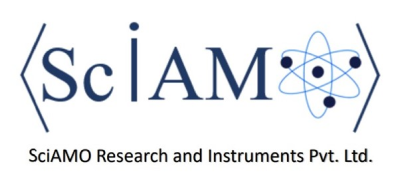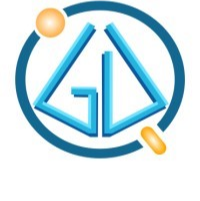AJ TECH
Quantum Capacitance Perturbation based Single Photon Detector
The single photon detection finds applications in various areas including quantum imaging, sensing, LiDAR, and environmental monitoring applications. The single photon detection is carried out by different strategies such as photomultiplier tubes, avalanche photodiodes, superconducting nanowire single photon detectors and semiconductor PMTs. The major limitations in these technologies are dark counts, noise, efficiency, limited wavelength range, complexity and cost. Considering the complexity of technology, monopoly and cost constraining wider applicability of these strategies in Indian context. This demands the exploration for simple and viable quantum technologies that can pave the way for single photon detection and counting at room temperatures. At the same time it reduces the complexity and cost factor with the deep technological edge for india-centric applications.
Our solution, the quantum capacitance perturbations in micro device with a single/multi layer of 2D materials are proposed as a viable approach to fabricate the single photon detection module with efficient tenability of wavelength ranges.





